PDF and JDF are the essence of independent platform networking and complete printing workflow automation. It will implement a computer integrated manufacturing system for the printing industry.
Computer Integrated Manufacturing System (CIM) has become a reality in many industries. However, the printing industry is lagging behind in this regard. This does not mean that the printing industry's demand for automation is less urgent. On the contrary, due to the continuous reduction in printing volume, the price has been declining due to fierce competition. At the same time, customers have become more and more demanding on quality and delivery time, and automation is imminent.
The reduction in print volume will affect the average production time. According to a survey by Heidelberg, by 2005, the actual time required for printing will only account for 15% of the total production time; compared with 2000, this time accounted for 28% of the total production time. In contrast, the time ratio required for other parts of the workflow will increase, for example, pre-press operations will account for 23% of the total production time in 2000 and 28% by 2005; management operations will account for 2000 24% will account for 29% by 2005; post-press processing will account for 25% in 2000 and 28% by 2005. This means that there is a lot of work going on at the same time. In order to maintain turnover and profits, the application of management operations, pre-press operations and post-press processing automation will be imperative.
â– Only cover some parts of the workflow
According to the digitization of prepress operations, the first step towards networking and automation is the CIP3 Alliance's Print Production Format (PPF) and Adobe's Portable Worksheet Format (PJTF.). PJTF portable work order. Suitable for PDF-based workflows, such as Agfa ’s ApogeeSeries3, which details how to deal with imposition, color registration, and screening. On the other hand, PPF is used to control the color area on the printing machine, and is suitable for controlling the settings of the cutting machine and folding machine. However, PJTF and PPF do not completely cover the entire workflow, only some of them.
Faced with this situation, Agfa, Adobe, Heidelberg and Manroland jointly proposed the JDF format in 2000. This is the first standard format that can cover the entire workflow. The scope of coverage starts from the signing of the contract by the customer to the delivery and invoicing of the entire workflow. The first version of the JDF format was launched at the Drupa2000 exhibition and submitted to the CIP4 Alliance for evaluation. Since then, this alliance, which covers more than 100 companies, has stepped up the development of the JDF format based on independent platforms to make it more perfect.
â– Comprehensive solution without huge cost
JDF is not a new solution, but is based on the previous standard formats (such as PPF and PJTF). However, it enables the possibility of real-time information exchange between individual workflow components. Communication, inquiries and orders provide new possibilities for the transmission and operation of information. In this way, JDF enables technical and management workflows to be combined at a low cost. XML (Extensible Markup Language) was chosen as the common point for information exchange to ensure compatibility with the Internet.
JDF takes a step towards the automation process, so future printers will be able to handle more work in a shorter time and require fewer people to operate. In the JDF workflow, work data will no longer be manually recorded on the work order, but will flow directly from the production system to the management information system. This information forms the basis for accurate job calculations and cost calculations. In this way, all procedures and cost calculations become more transparent to all relevant personnel. Not only that, JDF is a tool that can include both customers and suppliers in the workflow, so new forms of collaboration can be established.
■Now it ’s the manufacturer ’s turn to play
"The JDF specification has been around for a long time since version 1.1, and now it can cover a large number of production steps and links." Said Dr. Rainer Prosi, the technical director of the CIP4 alliance. At the IPEX2002 exhibition, the JDF standard already supports 21 products from 14 different manufacturers. Agfa demonstrated the latest version of the workflow management system with ApogeeX (Aipuji X). It is fully JDF compatible and uses a management information system (MIS) for information dissemination.
In addition to JDF, some other abbreviations and names, such as PrintTalk, IFRAtrack and JMF, have caused industry contemplation and brought confusion. However, these new developments are not competing with JDF. PrintTalk and IFRAtrack can extend JDF and be compatible with it. PrintTalk is a standard for exchanging information between e-commerce applications and management information systems. IFRAtrack is also based on XML, which is a format for information dissemination between production systems and job tracking systems in the newspaper industry. In the JDF standard, this function is provided by JMF (Job
Managing Format).
â– JDF is an indispensable requirement in the purchase plan
Users should have considered JDF and included it when considering the purchase of new equipment. Apogee product marketing manager Paul Adriaensen said: "Even at this stage, JDF should be an indispensable requirement in the purchase plan. Even if a product cannot currently support JDF, manufacturers should provide an upgrade path.
Rome was not built in a day, and the JDF-based workflow will take some time to become routine. PDF expert StephanJaeggi believes that the combination of two workflows, management and technology, can only be realized by Drupa2004.
PDF has become the standard for file and content description. Similarly, JDF may become a standard for describing and controlling individual procedures and entire workflows in the printing industry. In the future, the combination of PDF and JDF will clearly define what is to be printed and how it should be printed, regardless of the source of the file or who will print. When this happens, the printing industry will take a big step towards the concept of a true computer integrated manufacturing system (CIM).
Rust Color Corten Steel Flower Planter
Corten steel flower pots&planter is made of corten steel,Which can be used to plant different kinds of flowers and widely used in garden. With the cone shape and simple design, it brings a new touch of style to your home or garden. Corten Steel Planter is designed in simple but practical, which is popular in Australia and European countries.
Our Corten steel planters are made using high quality corten steel. Specifications include 2.0mm thick corten steel on the side panels, laser cut, folded, welded and dressed.
| Name |
Rust Color Corten steel flower planter |
| Material | Corten steel |
| Size | 1500*500*600mm or customized |
| Steel thickness | 2mm |
| Packing | Pallet/carton/wooden box packing |
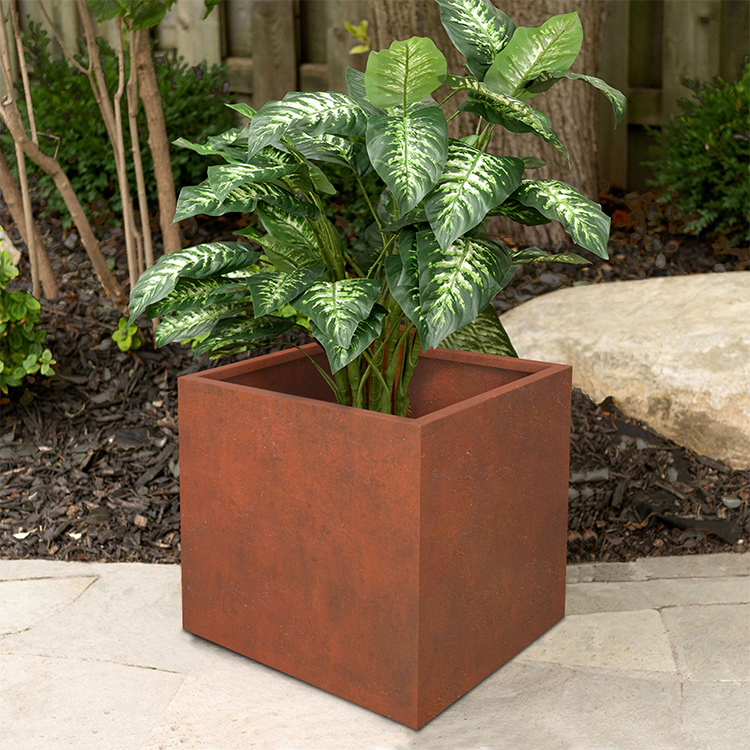

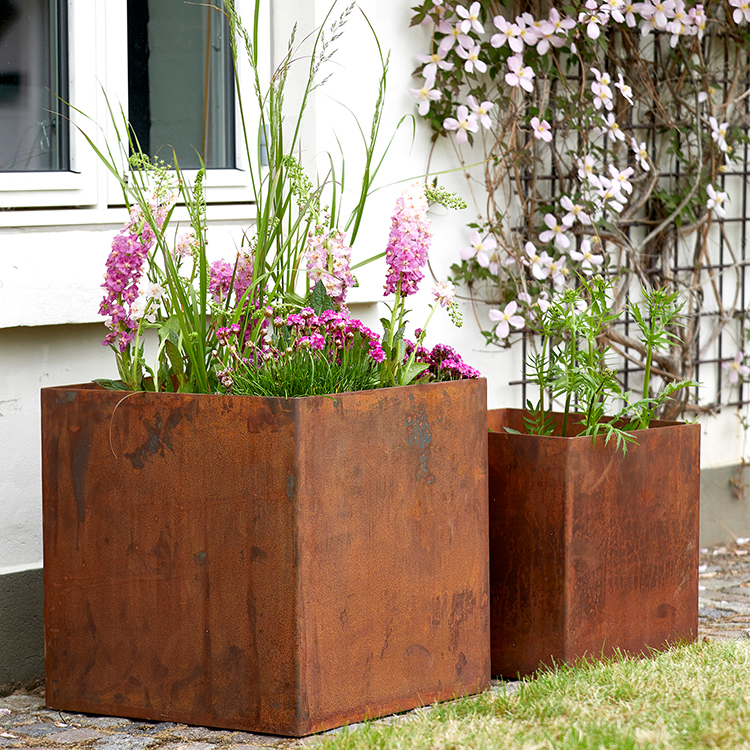
Packing
Packing will by pallet/carton/ wooden box,according to different demand.
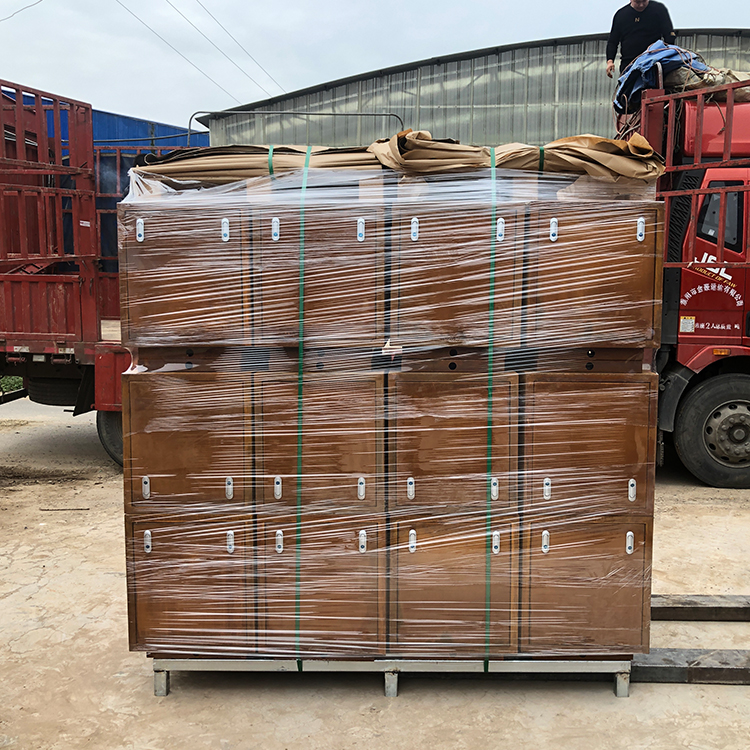
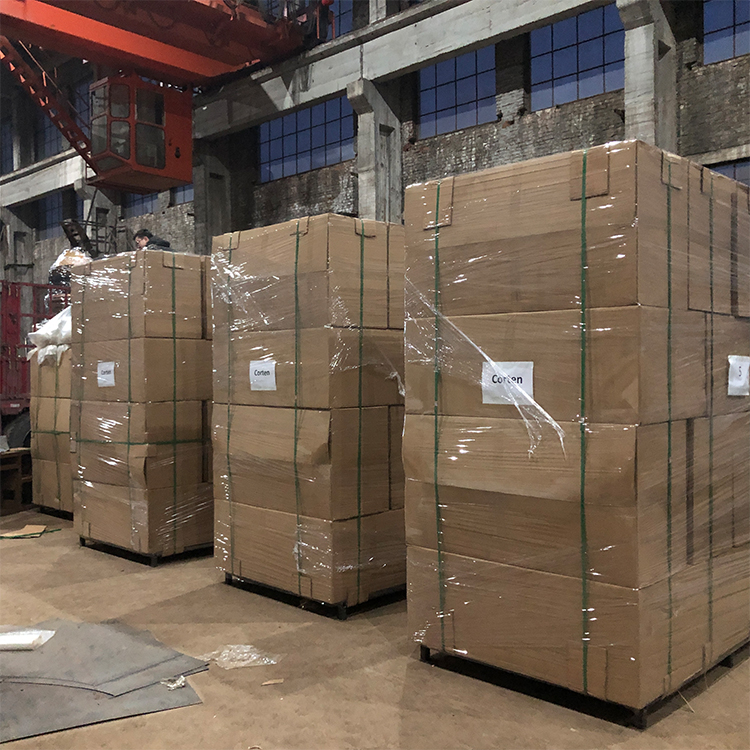
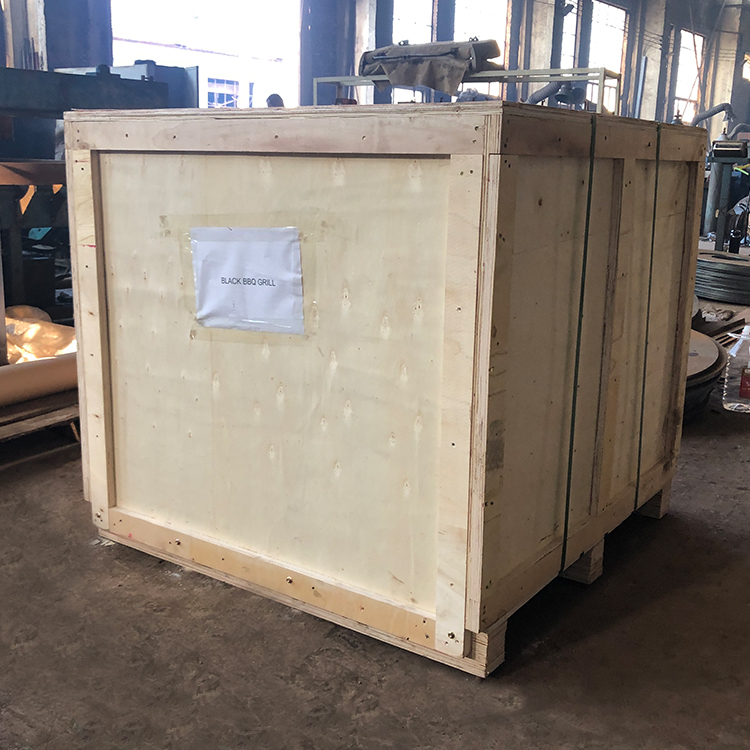
Flower Planter,Plant Pots,Flower Pots,Garden Pots
Henan Jinbailai Industrial Co.,Ltd , https://www.gardensteelarts.com